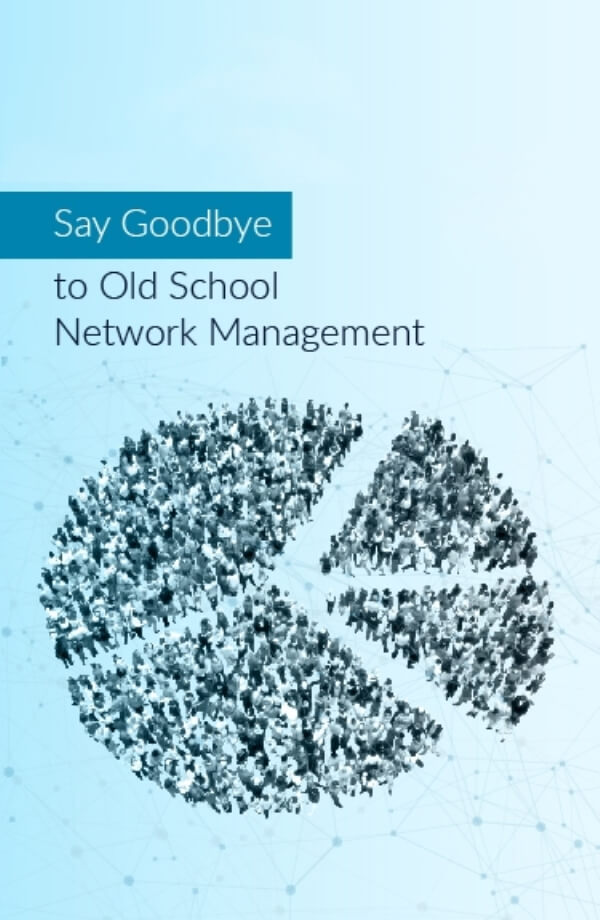Abstracting network infrastructure resources through virtualization and automatically allocating these resources to different services empower mobile operators to orchestrate their network more effectively.
To fulfill the SLA commitments per subscriber, application, and region, operators must deploy a top-notch slice management solution that can be integrated with the existing automated optimization solutions. Such slice management solution should tackle two main challenges.
The first question: Who to serve?
Actually, this is a question that exists since the early 5G deployments: “How can we dynamically decide the number of users who are allowed to register to a specific slice while available network resources are limited?” The answer lies in being able to manage radio and core networks coherently with advanced automation. Typical radio network automation solutions struggle to solve this problem. However, a next-gen network automation solution with the capability to track the user numbers associated with each slice and monitor the QoE (Quality of Experience) and network load levels to notify 5G network functions about the network usage is poised for success. The outcome of the multi-domain co-operation is the controlled admission of new users to a specific slice.
The second question: How to achieve automated multi-domain optimization?
The second challenge is the optimization of the virtualized and sliced resources – which is a challenge faced in every deployment without exception. Each newly created slice begins its lifecycle with predetermined set of resources. But in time, applications’ and users’ behavior change. In order to respond to these changes, resources allocated to a specific slice should be dynamically adjusted. The communication among distinct slices is of critical importance to keep the overall resource usage at an optimum level. To address this requirement, a network automation solution has to work together with Core network entities like Network Data Analytics Function (NWDAF) and Policy Control Function (PCF). There would be more than one approach when it comes to how network automation adds value to this process.
One approach would be the dynamic resource optimization of the network by predicting the future network usage levels and correlating it with the Core network data. The AI Based automation solution extracts the KPI (Key Performance Indicator) metrics from the OSS (Operations Support System) and make predictions using AI algorithms. On top of it, QoE metrics from NWDAF correlated with those predicted data to train the resource management algorithm. Then the solution re-allocates the slice resources to improve network utilization and ensure QoE.
Another approach would be the coordinated operation of the PCF and Next Generation RAN (Radio Access Network) automation solutions. A next-gen RAN automation solution should track load-levels of each slice and communicate it with the PCF. Reciprocal communication of the radio network automation solutions with the PCF at the core network enables PCF to change slice-level policies and assign new QoE policies. This way changing service SLA requirements of a variety of services can be dynamically addressed.
Key Take-Aways and P.I. Works’ Value
Changing requirements of mobile users and the advent of 5G pushes mobile operators to shift from a reactive and single-domain network management approach to a proactive and multi-domain one. These solutions are key to successful deployment of different services that are served by distinct network slices. Existing network automation solutions must work hand in hand with Core network entities like NSSF, NWDAF and PCF and use AI/ML algorithms to orchestrate and reserve adequate resource levels for each slice, thus ensuring quality of service and user experience.
P.I. Works has set its technology to address the multi-domain network orchestration requirements of mobile operators. Its AI based predictive and automated network management algorithms play a key role in the dynamic and proactive management of this complex structure. P.I. Works is committed to addressing the current and future requirements of mobile operators and will continue to introduce new, innovative solutions that will accelerate Zero-Touch evolution of networks. For further information please get in touch with us at contact@piworks.net.


10 Aug 2020
Say Goodbye to Old School Network Management: Multi-Domain Automated Slice Orchestration
About P.I. Works
Contact
Sanayi Mah. Teknopark Bul.
No:1/9C 34906 Pendik/Istanbul
T: + 90 216 265 1123
F: + 90 216 912 1099
M: marketing@piworks.net


